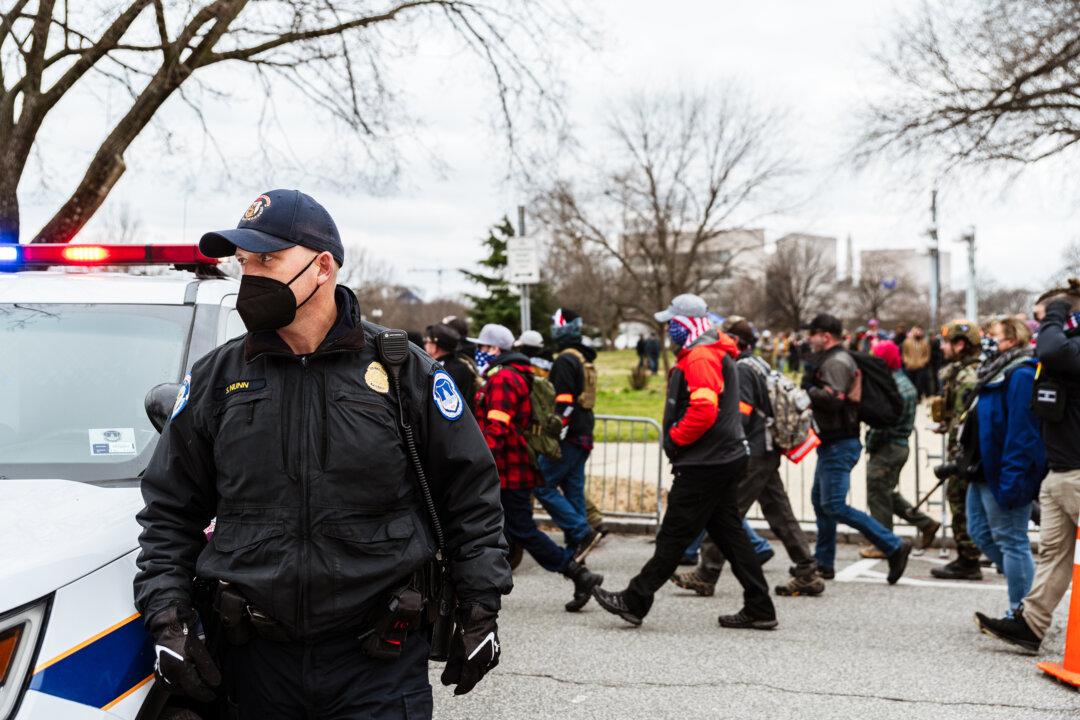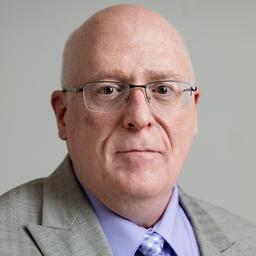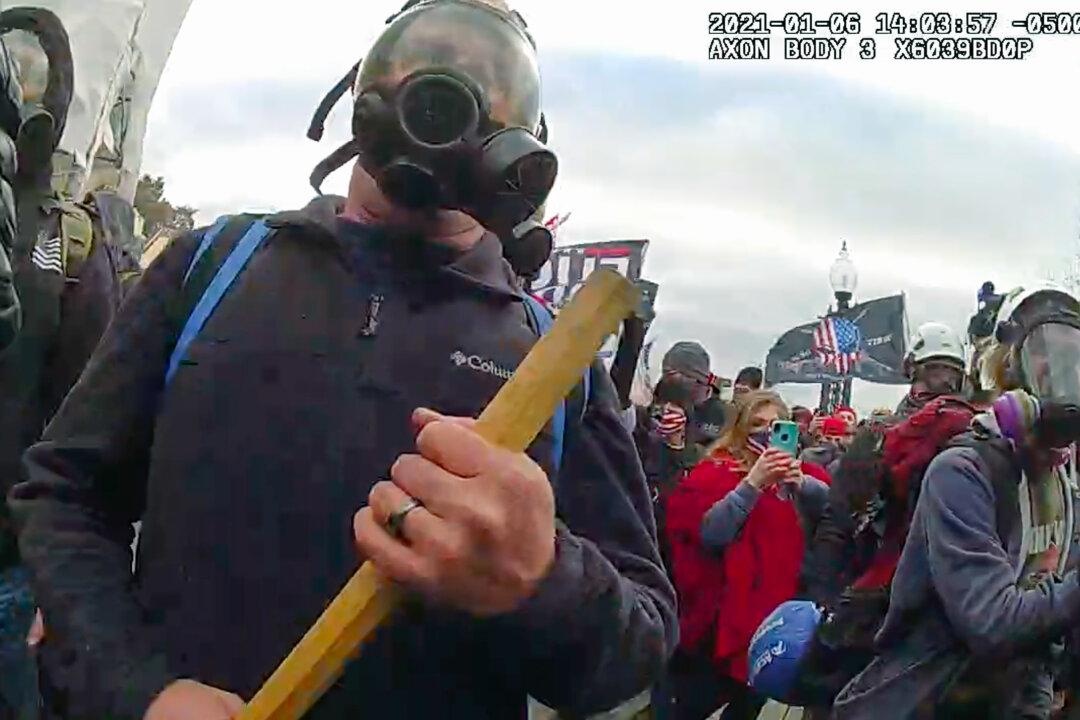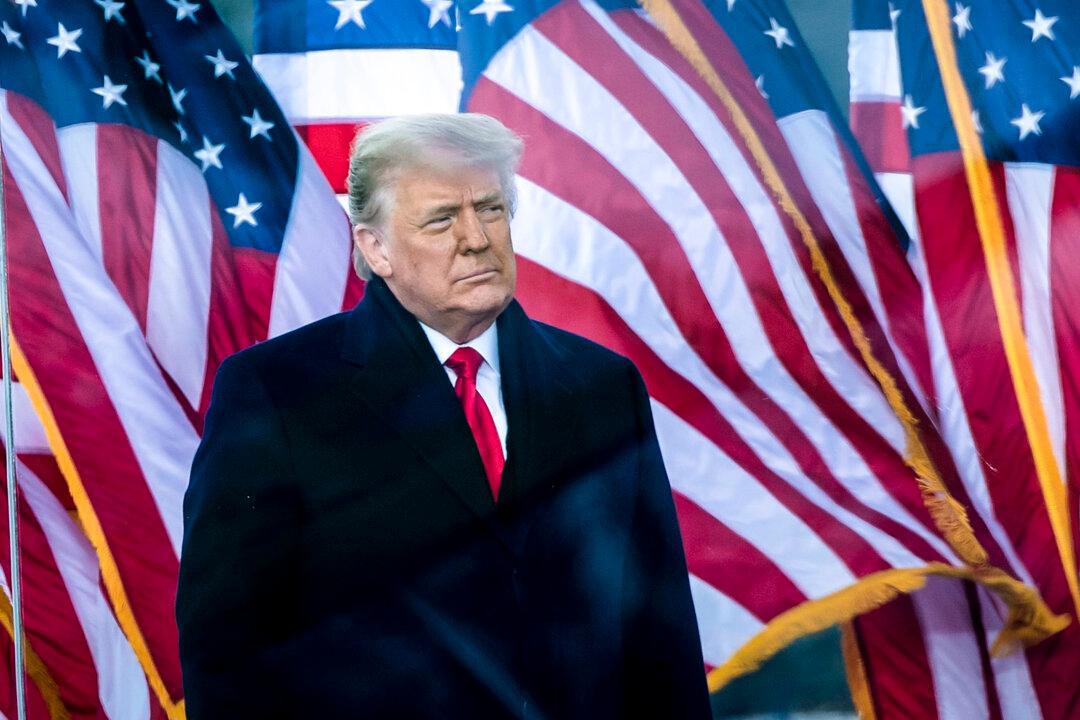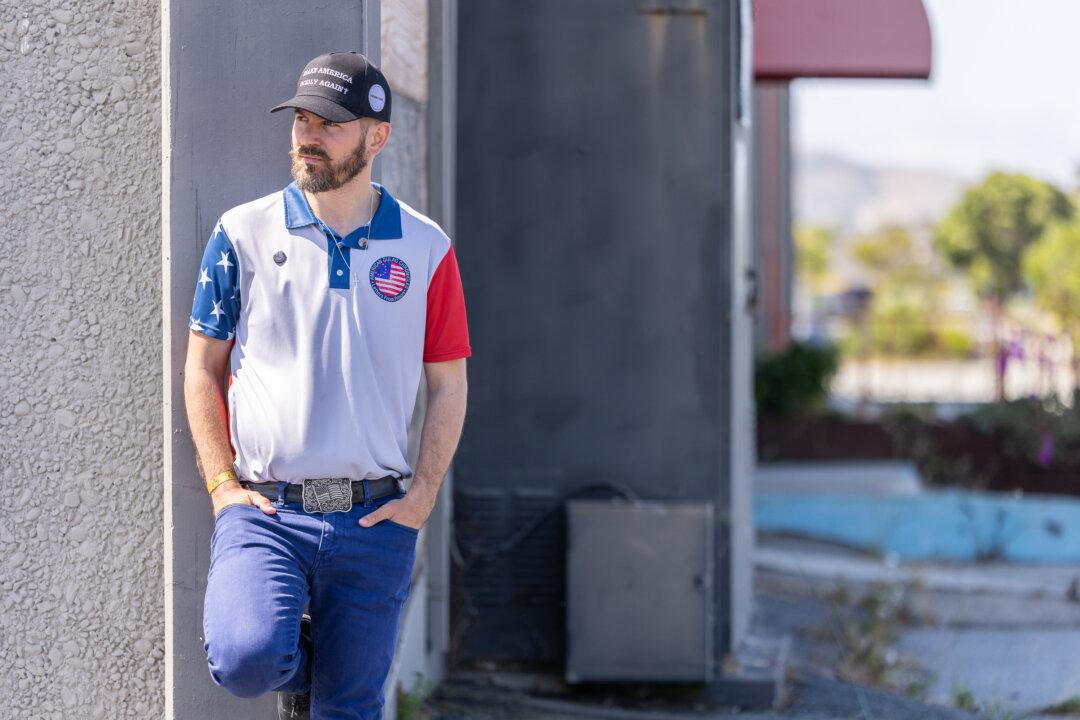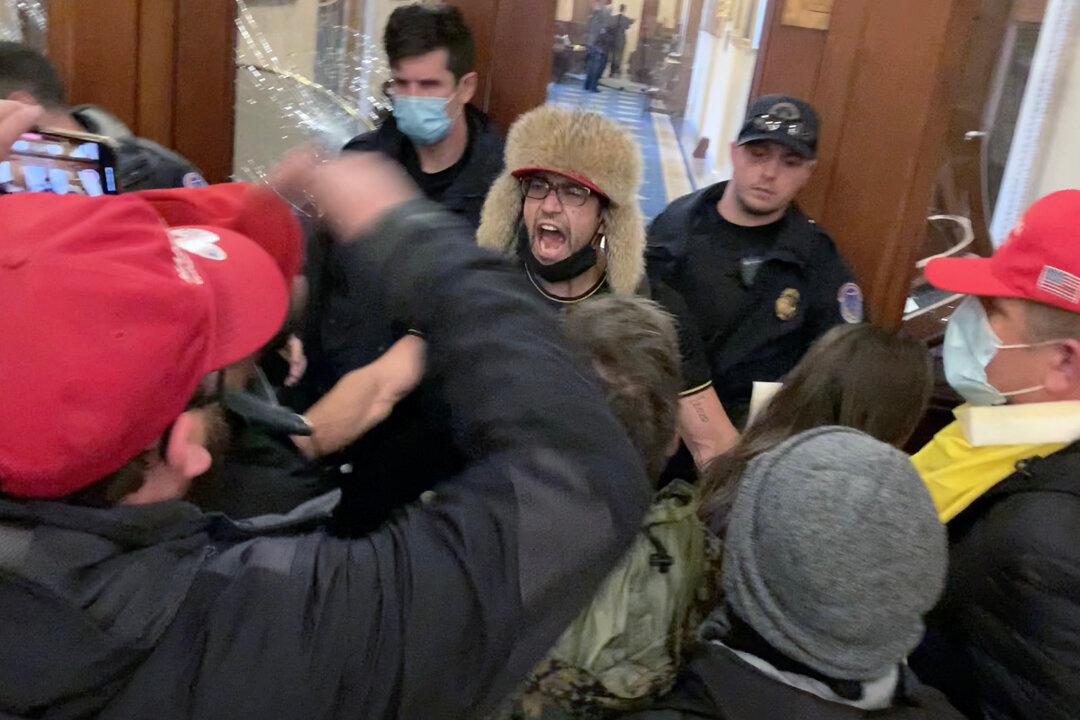The day before the Jan. 6 protests devolved into rioting, U.S. Capitol Police alerted senior command staff and members of Congress to a “significant uptick” in online interest in the Capitol’s tunnel system and noted “attempts by unauthorized individuals to block members of Congress from entering the Capitol building through tunnels,” court records say.
The public accountability group Judicial Watch received a seven-page declaration (pdf) from Capitol Police as part of its ongoing federal lawsuit to obtain intelligence and security records related to Jan. 6, 2021.
